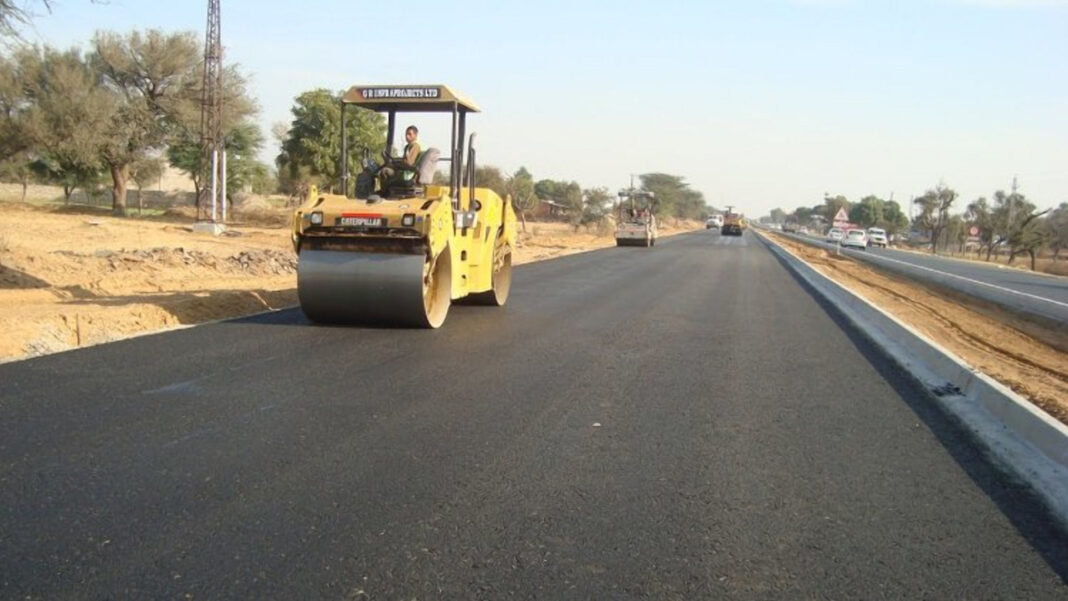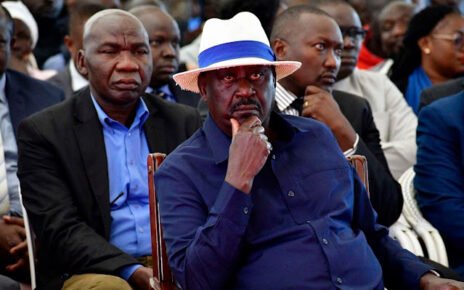During President William Ruto’s State visit to the United States, the Kenya National Highways Authority (KeNHA) signed an agreement with US infrastructure investment manager Everstrong Capital for the construction of the proposed Nairobi-Mombasa Expressway.
The agreement was for a $3.6 billion (about Sh. 472 billion) deal that would enable the construction of the 440 kilometres Expressway between Nairobi and Mombasa. The mega Expressway, if constructed, will be a 4 to 6 lane dual carriageway.
“The project anticipates attracting investments totaling $3.6 billion (about Sh. 472 billion), sourced from international investors, development agencies, pension funds and an exceptionally large number of Kenyan private investors,” Everstrong said in its statement.
Once completed, Everstrong and their partners will charge toll fees for a period of 30 years, by which time they will be expected to have recovered their investment plus profit.
The private equity firm stated that the Public-Private Partnership project will be undertaken for a period of between three and four years with financing being led by American development institutions.
“The construction of the Usahihi expressway poses no financial risks to the Kenyan government, as it is structured to operate independently from the Government of Kenya’s balance sheet and is projected to be financially self-sustaining,” said Everstrong Capital.
But what are the chances that this proposed Expressway will actually be constructed? Financial analyst and journalist Jaindi Kisero on Friday offered an interesting perspective on why the chances of this highway being constructed are slimmer than many people assume.
Writing in the local business newspaper Business Daily, Mr. Kisero noted that the construction of the Expressway is wholly dependent on the ability by Everstrong to raise the required financing, a fete that might be to humongous to be achieved by the American company.
In the new agreement, Mr. Kisero clarifies that unlike what many Kenyans believe, the agreement is not between Kenya and the United States government. This means that the US government did not commit any funds for the project.
Rather, the agreement that was signed is between KeNHA and a private company that will raise the required billions from private investors including Kenyan investors.
Whereas previous, recent mega projects in Kenya have been developed with financing from China and Chinese financiers, Mr. Kisero says that Kenya might soon realize that financiers from America are quite stingy.
“Unlike the Chinese, the Americans are very mean with their money. Entities such as OPIC and IDFC will only step in to give guarantees only when significant American goods and services are to be supplied under a given contract,” Mr. Kisero said.
“The guarantees are made to protect American companies just in case the borrower country is unable to pay the American companies for goods and services supplied.”
He noted that initially, the Expressway was to be constructed by top American construction company Betchel.
In 2018 when the construction plans were hatched, the project was estimated at Sh. 300 billion.
However, this agreement did not go through following disagreements between Betchel and the government on how it would be funded. The government of Kenya had asked Bechtel to build the road using its own money then charge Kenyan motorists toll fees up until the money and profit is recovered.
Betchel rejected this proposal and asked the State to pay it upfront for the construction. Bechtel had then argued that the alternative public-private partnerships (PPP) model where the contractor sources for funds would cost five times more at $15 billion (Sh. 1.9 trillion) and take much longer to complete.
Bechtel had estimated that construction of the expressway will create 500 jobs and involve local businesses supplying up to 100,000 tonnes of cement and 40,000 tonnes of steel. When completed, it was estimated that the mega highway would not only ease congestion, but would also cut travel time between the two cities from the current 10 to about four hours.


